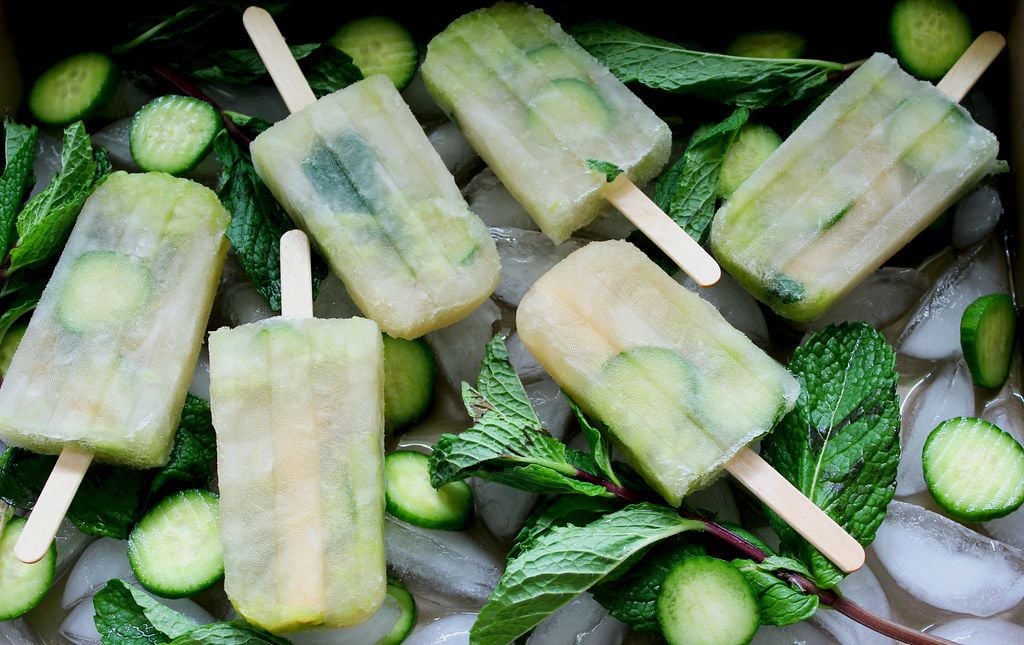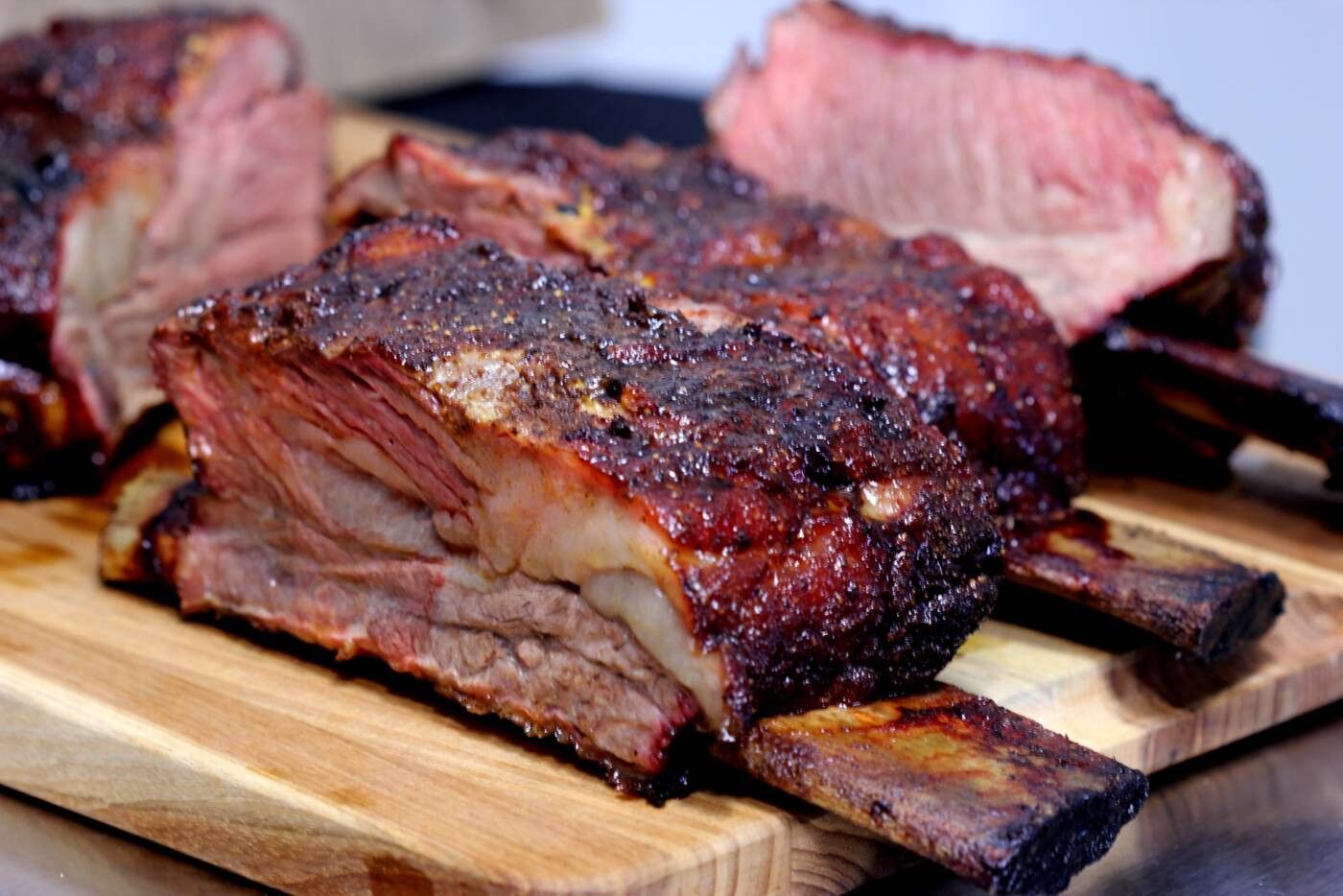
From Ancient Iran to Modern Tables: The Multifaceted Sekanjabin
- Sep 26, 2025
Nothing epitomizes an Iranian summer better than sekanjabin, a cooled beverage brimming with shredded cucumber and fresh mint, derived from an ancient syrup packed with layers of culture, culinary, and medicinal value.
Sekanjabin traces its origins to centuries-old recipes, produced from simmering white wine vinegar with sugar or honey and steeped with fresh mint. Once cooled, it's mixed with water, and frequently accompanies ice.
Over time, the recipe for sekanjabin has transitioned. "Vinegar, sugar, and mint make up modern sekanjabin," states Omid Roustaei, author of Bitter & Sweet: Global Flavors from an Iranian-American Kitchen. Initially, the sweetness was sourced from honey, and earlier from angobīn, a naturally sweet sap native to Iran. As sugar and honey became universally available, angobīn gradually lost its popularity.
The acidic quality of sekanjabin can make the uninitiated question the taste. However, Mana Shamshiri, a chef and content creator known as @theiranianvegan insists that the sharpness is intentional. "The introduction of vinegar injects a gentle acidity…it results in a balanced sweet, tart and sharp taste."
This blend of tastes is crucial, assures Roustaei. "It provides a simultaneous experience of tart and sweet, which is intensified by the freshness of mint. The outcome is refreshingly cool."
The reach of sekanjabin extends to the boundaries of ancestral medicine, where it was recommended for conditions like fevers, asthma, and digestive upsets."Avicenna (Ibn Sina), prescribed it, and its recipe is found in medical volumes like his Canon of Medicine," discloses Shamshiri. Various formations of sekanjabin were recommended, based on specific ailments.
"Vinegar neutralizes surplus heat in the body, and purges toxins; honey or sugar replenishes lost electrolytes and aids in rehydrating the body, and mint cools, reduces inflammation, and enhances digestion," elucidates Shamshiri. All these ingredients, she emphasizes, were carefully chosen for their medicinal features.
She further elaborates that traditional Persian medicine, which remains in use today along with modern practices, prioritizes an age-old holistic system that stresses the need for a balance in the body's four humors. The belief is that disease arises when these humors get skewed.
As per Iranian culinary norms, food items are categorized into garmi (warming) and sardi (cooling). Sekanjabin, noted for its body-cooling properties, is placed under 'sardi,' to balance meals according to seasons and maintain optimal health, says Roustaei.
The tradition of preparing sekanjabin continues in numerous Iranian households. A light syrup is crafted by combining vinegar and sugar and simmered slowly. Fresh mint, added while the syrup is in a heated state, imparts a vibrant aroma and taste. The mint is withdrawn after 10 minutes and the syrup is ready to serve, describes Roustaei. A small quantity of syrup is poured over ice, and water along with grated cucumber is added. Sparkling water is recommended for those seeking a little texture. Fresh mint sprigs usually form the garnish.
The nostalgia of sekanjabin holds a special place for those who grew up consuming it. For many, sekanjabin syrup goes beyond just drinks. Dipping fresh lettuce in the syrup forms a familiar snack, adds Shamshiri. She also uses sekanjabin as a salad dressing, with an extra dash of vinegar for a tangier kick.
Global recognition of sekanjabin is growing, with tastings in Persian eateries, and progressive chefs like Shamshiri and Roustaei spotlighting it. A video by Shamshiri on sekanjabin has even garnered over four million views.
"People are curious about the history and taste of varied regional specialties…sekanjabin is being served as a mocktail at dinner parties, giving others a chance to appreciate our culture," concludes Shamshiri.






